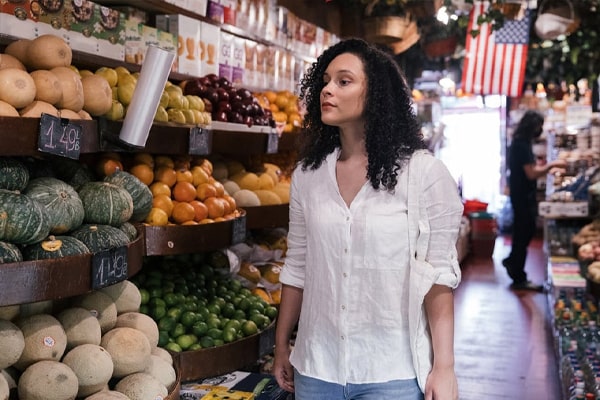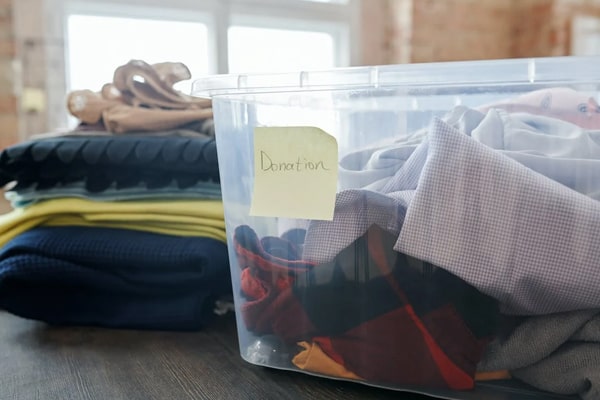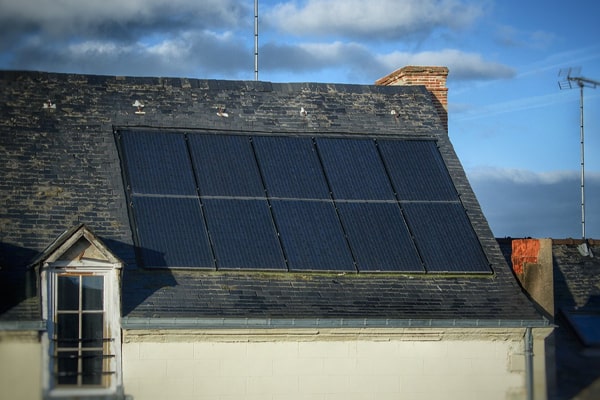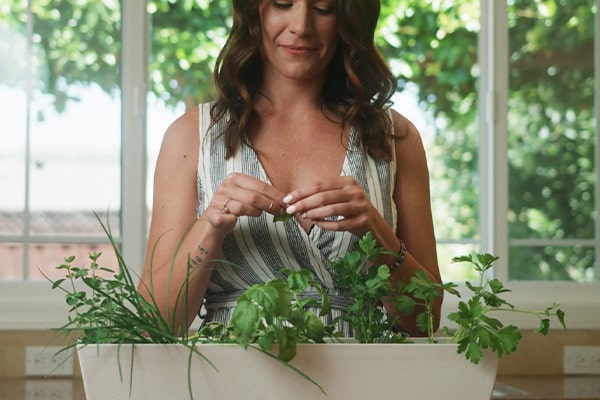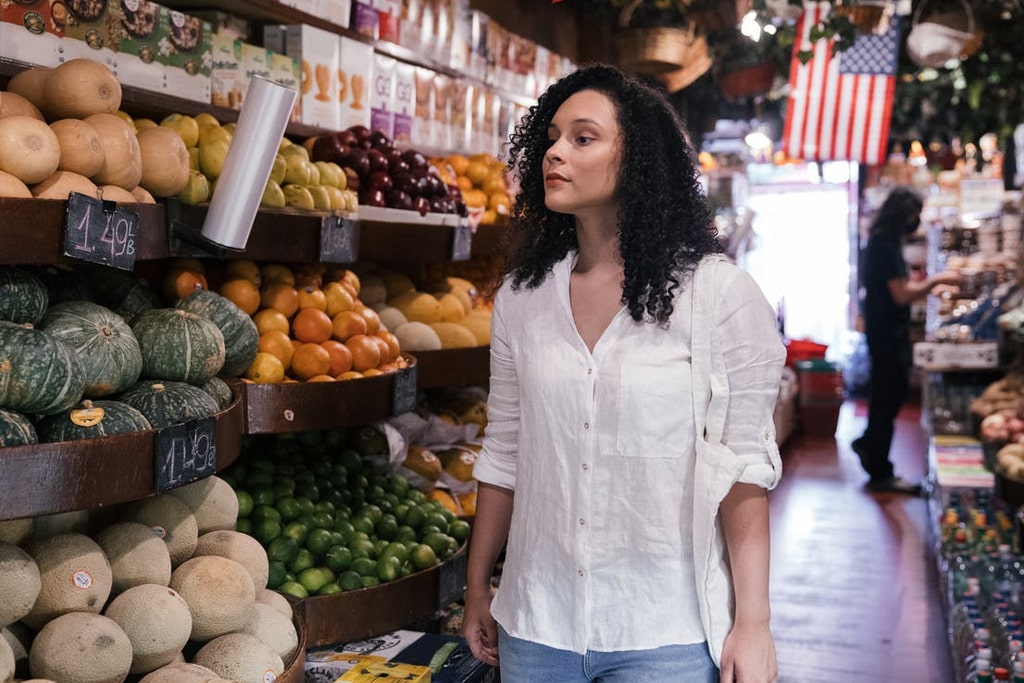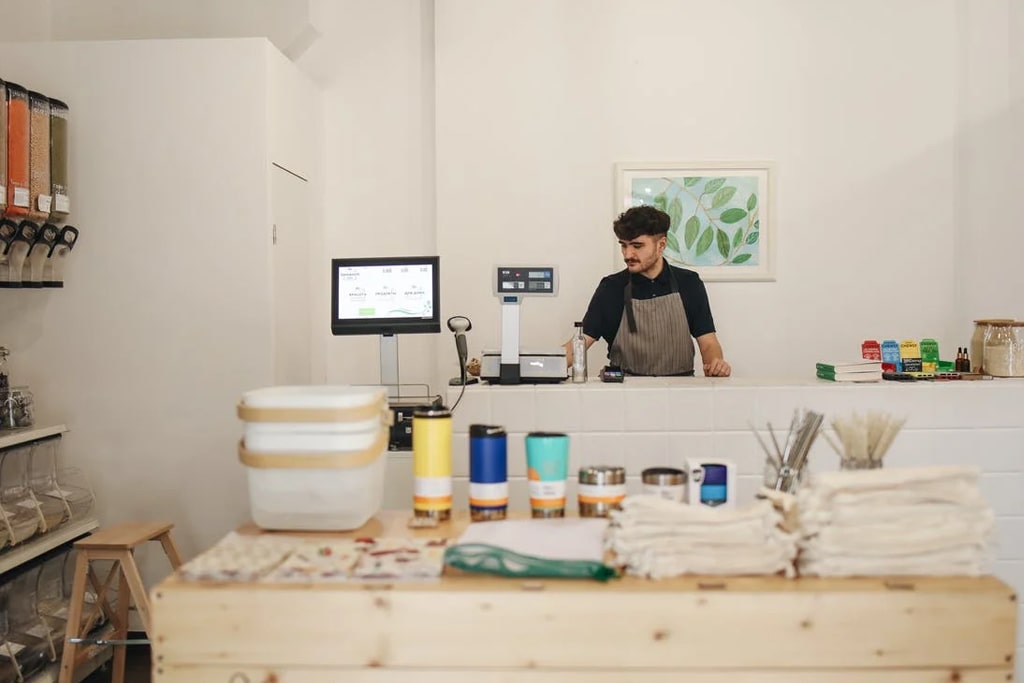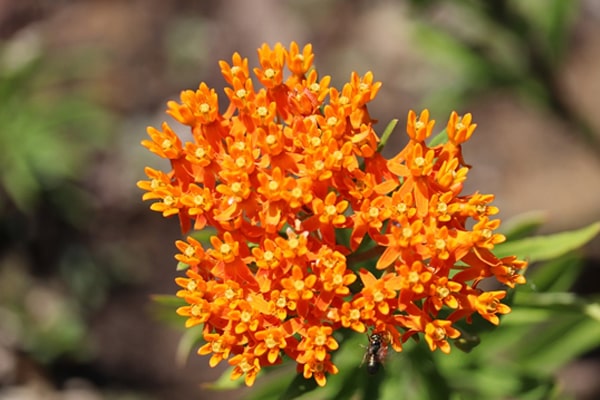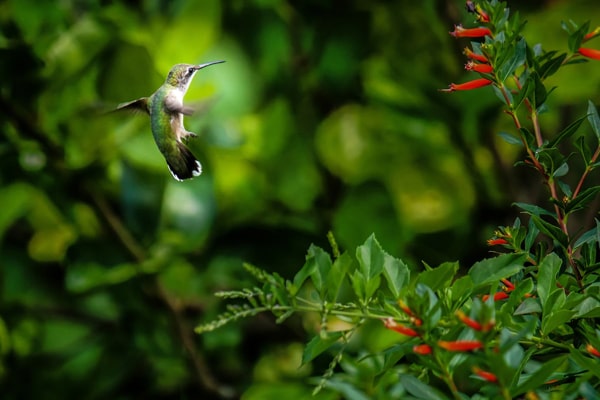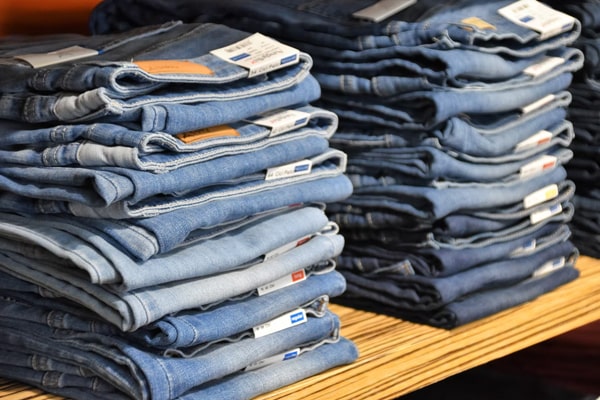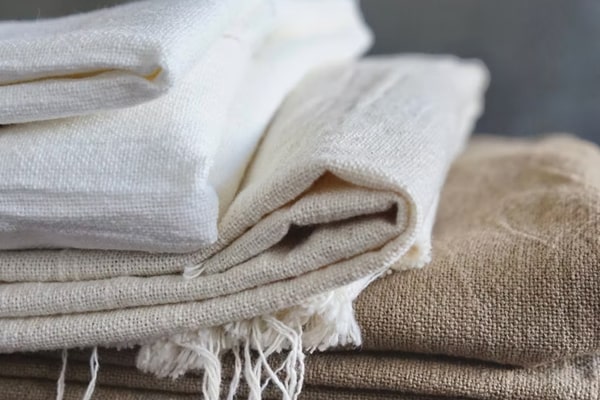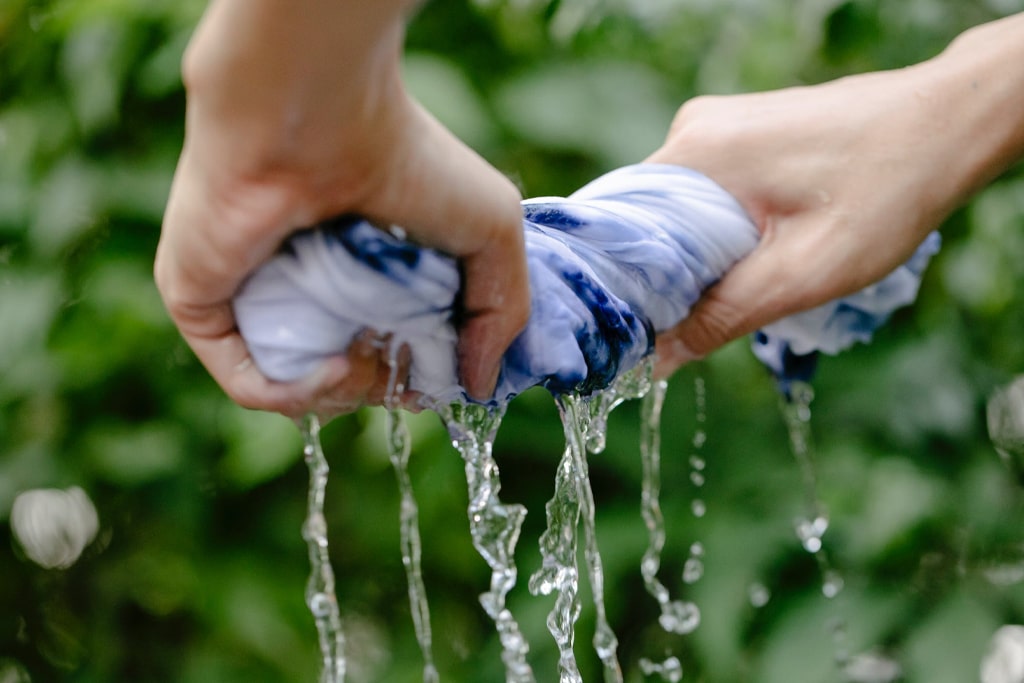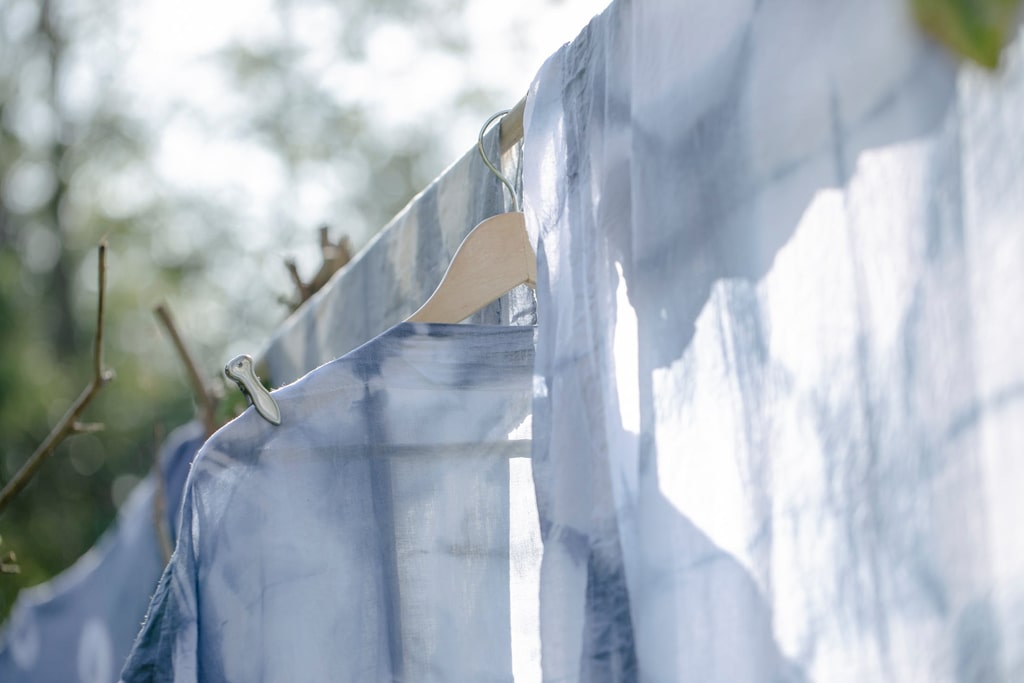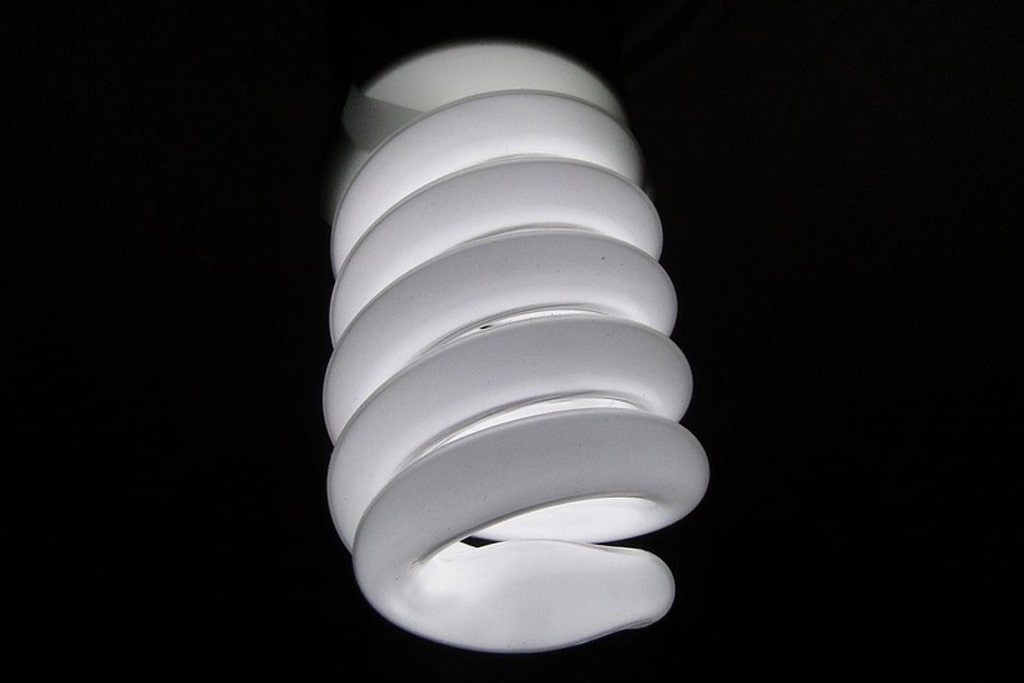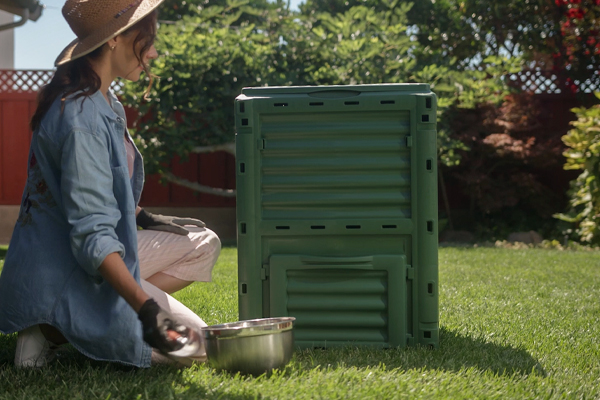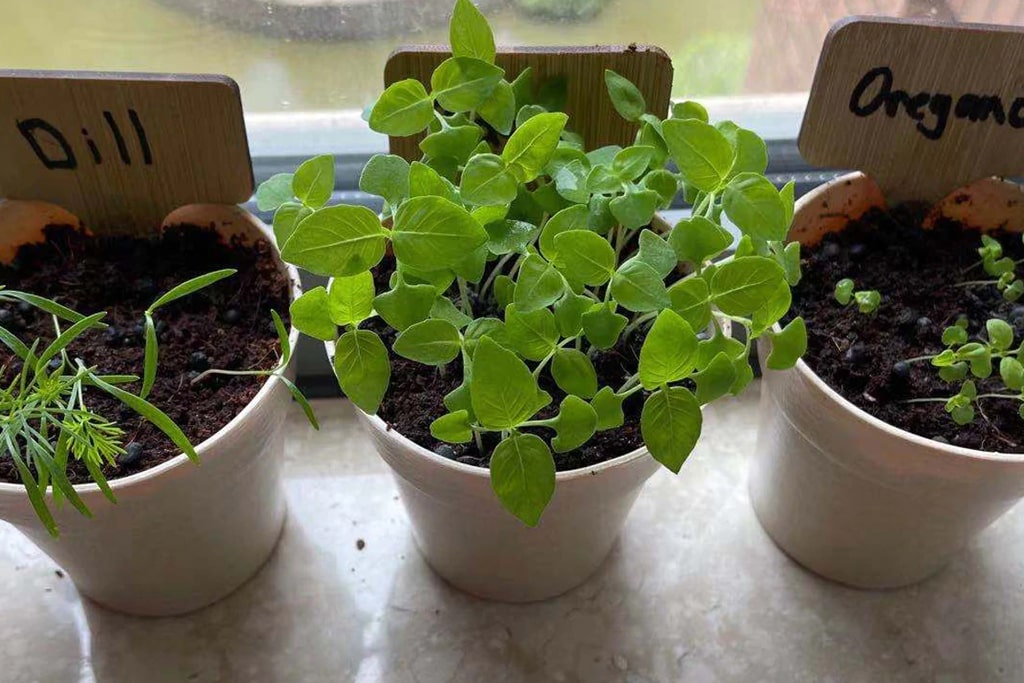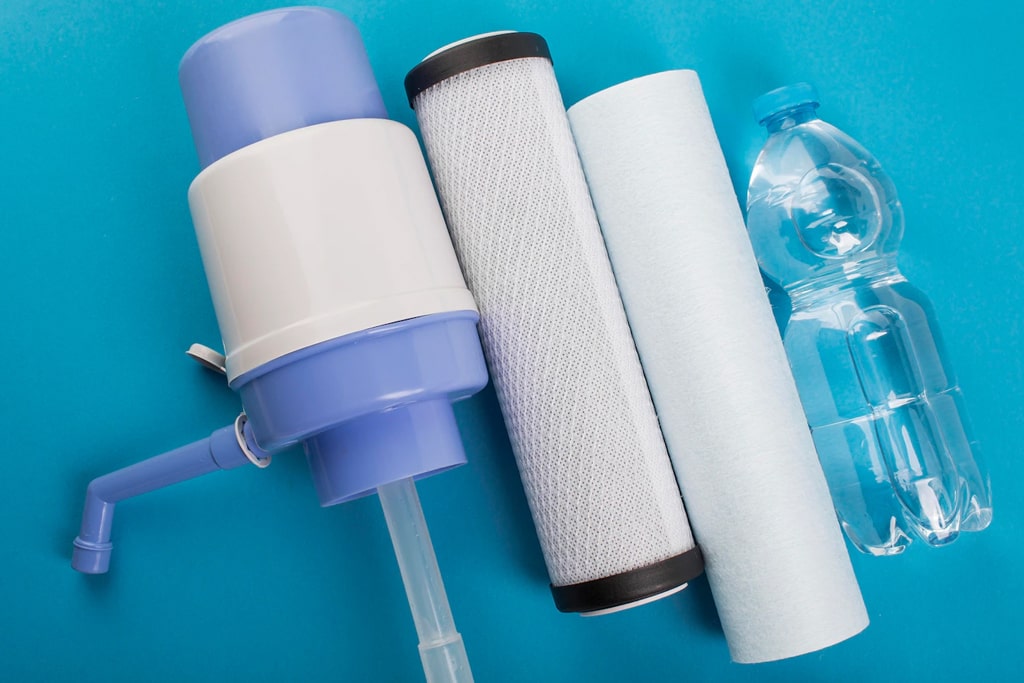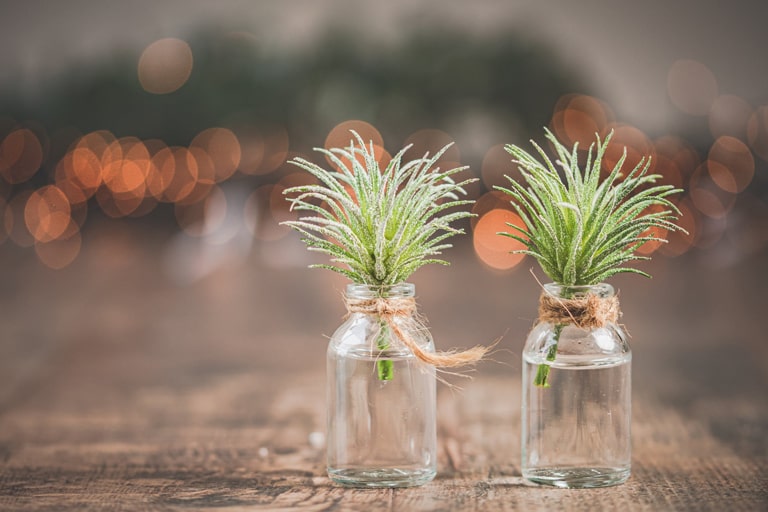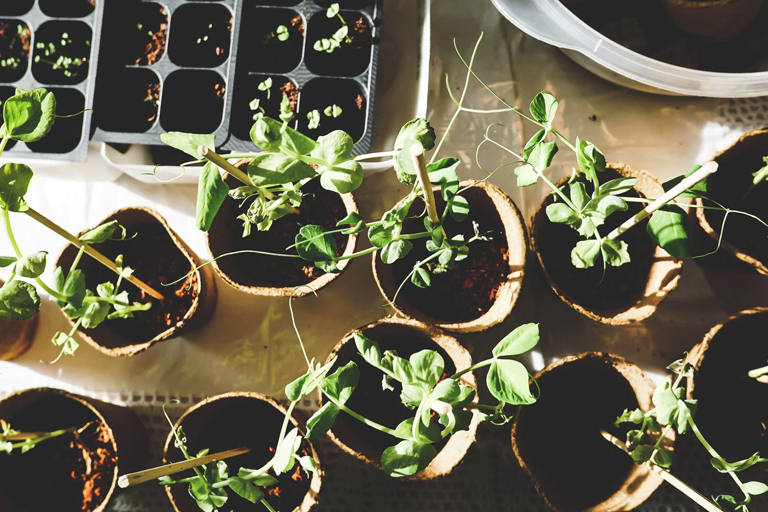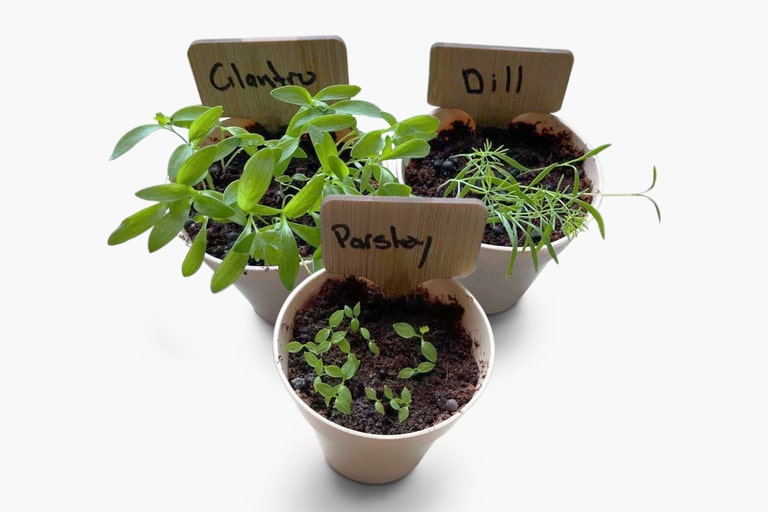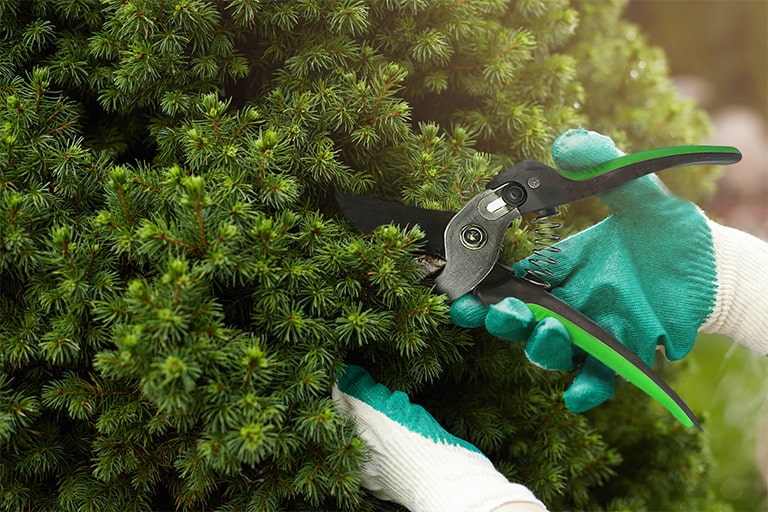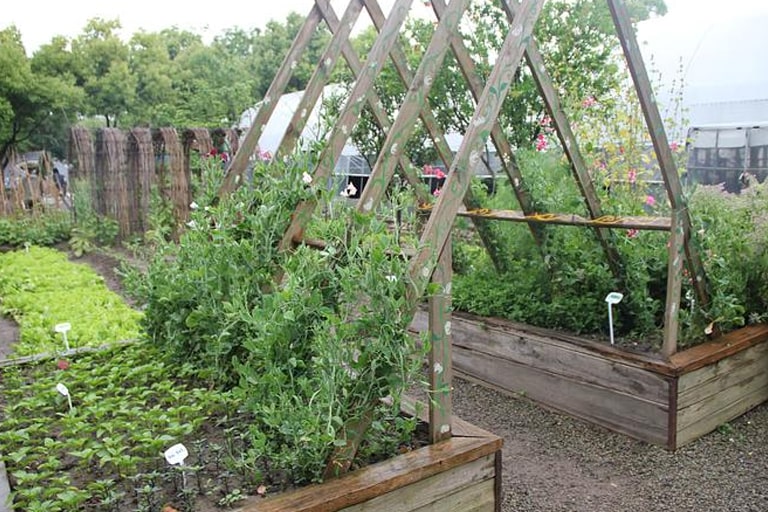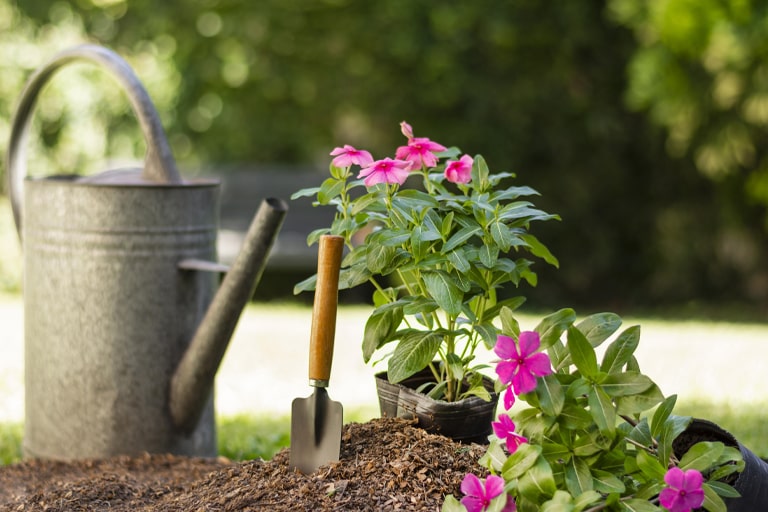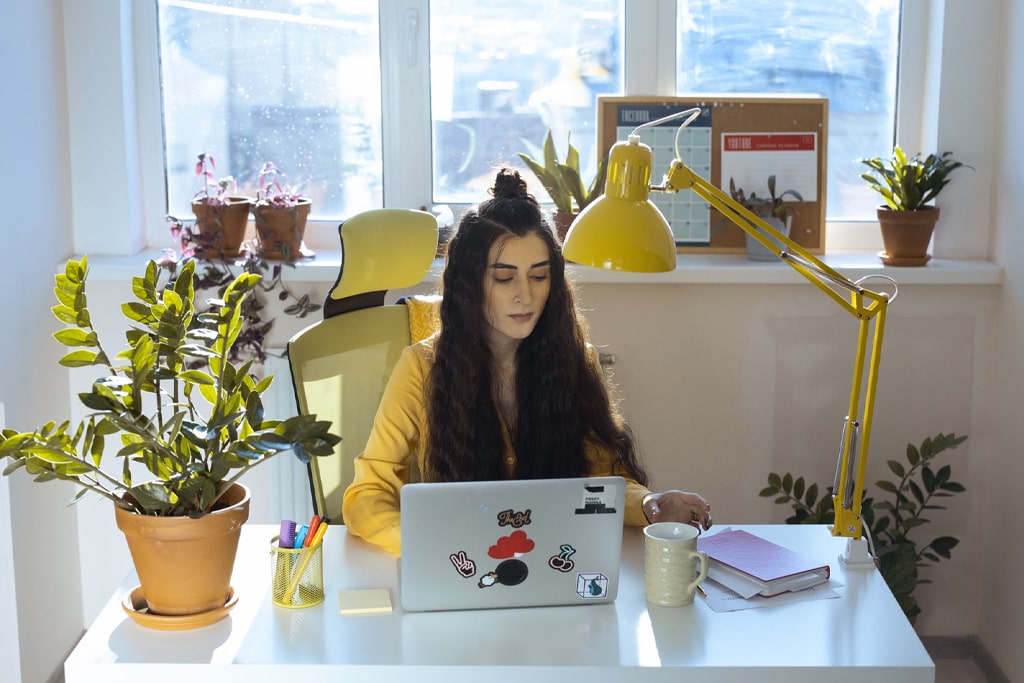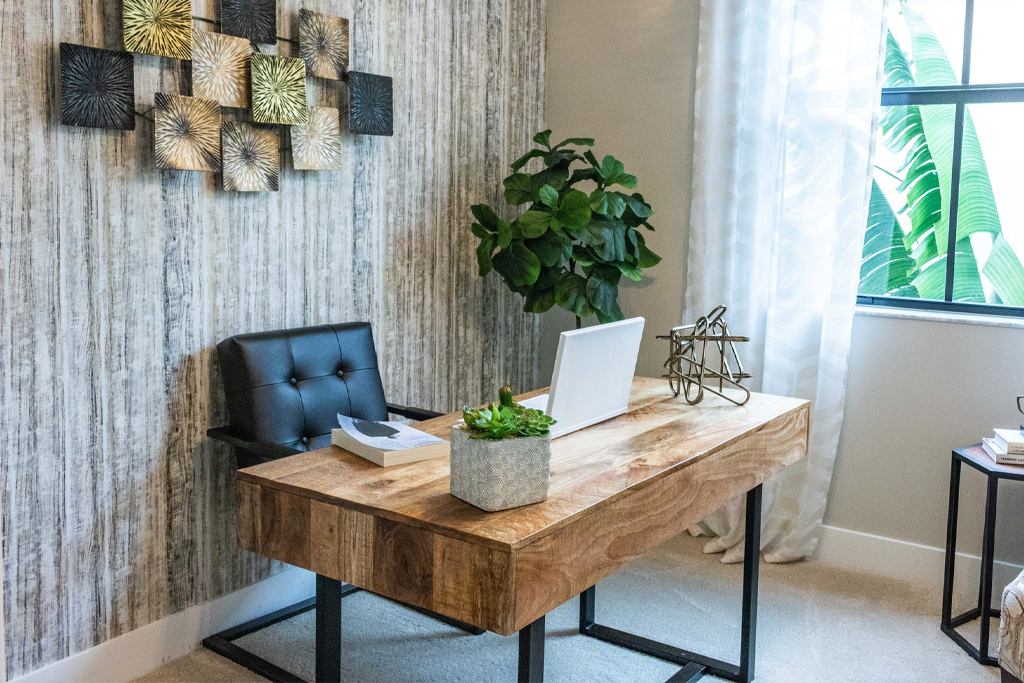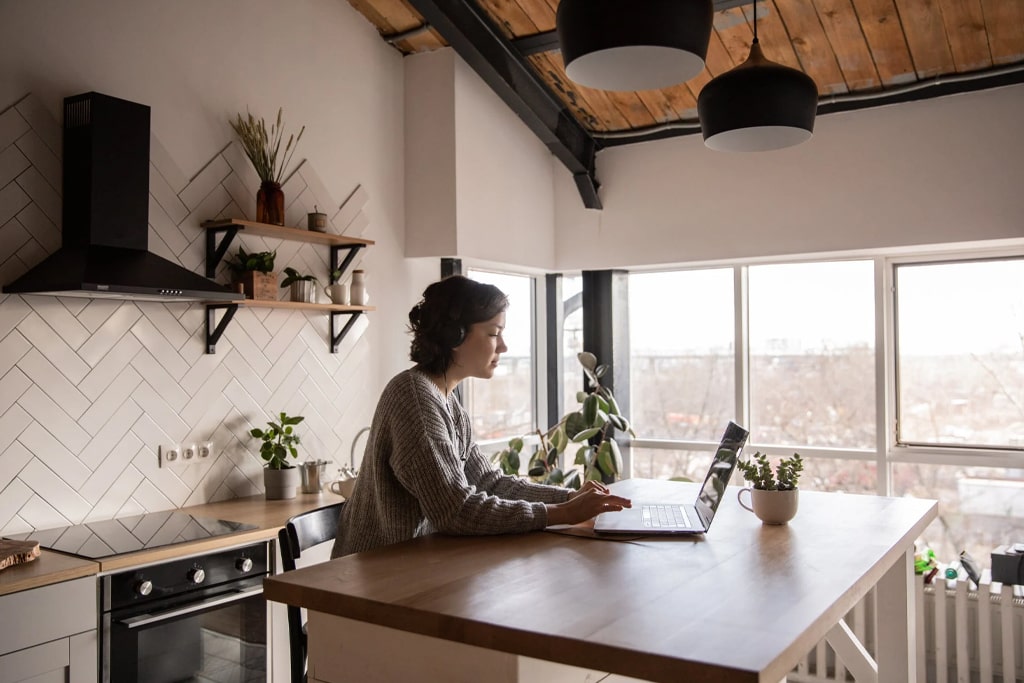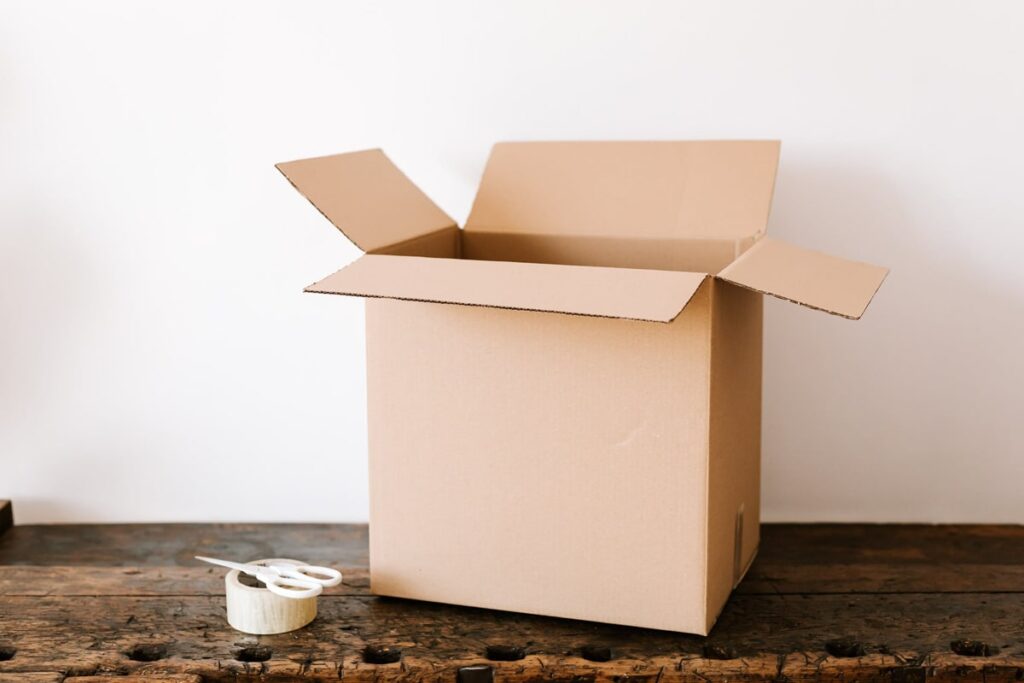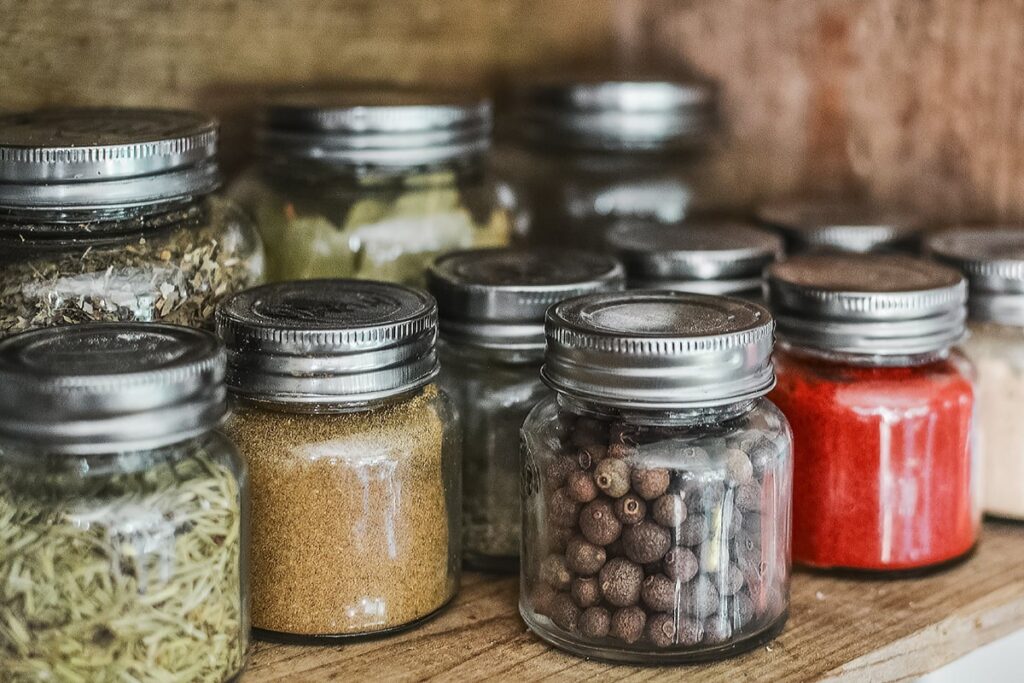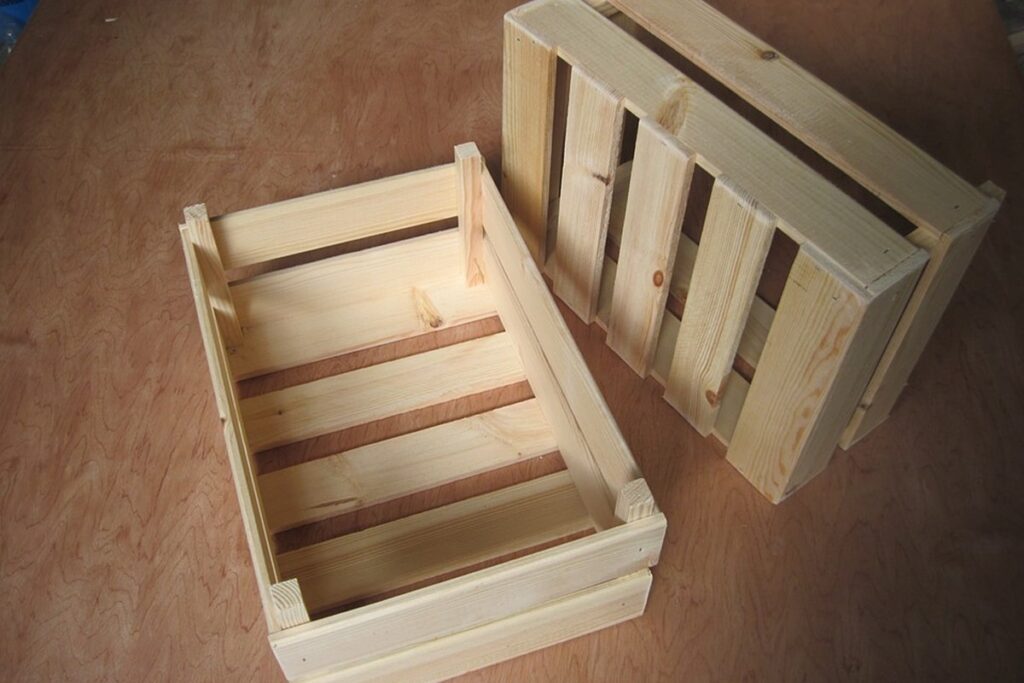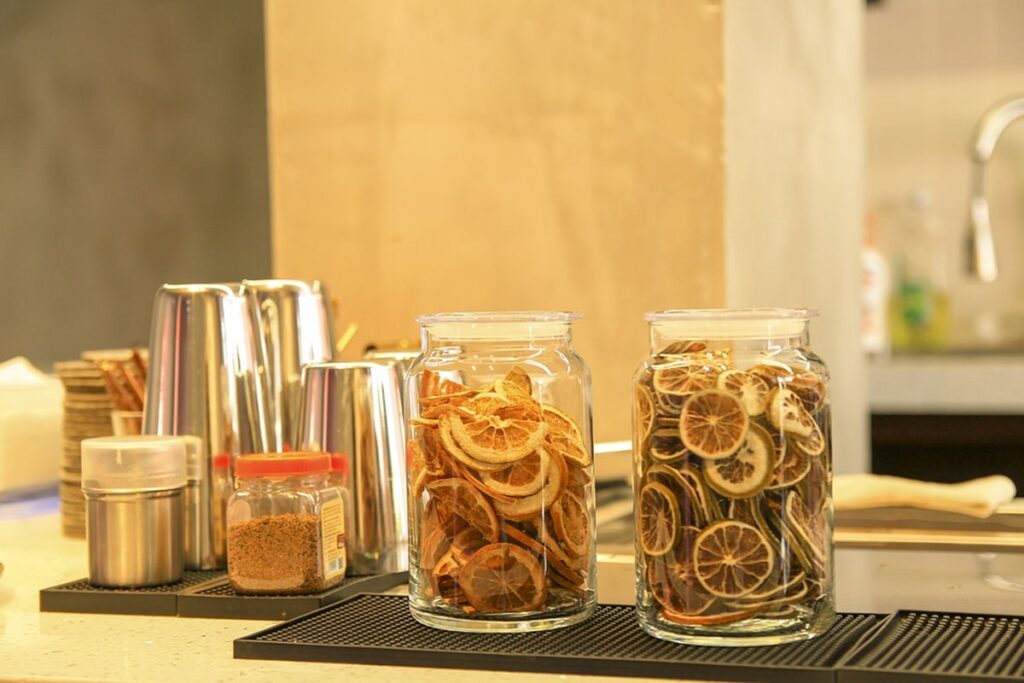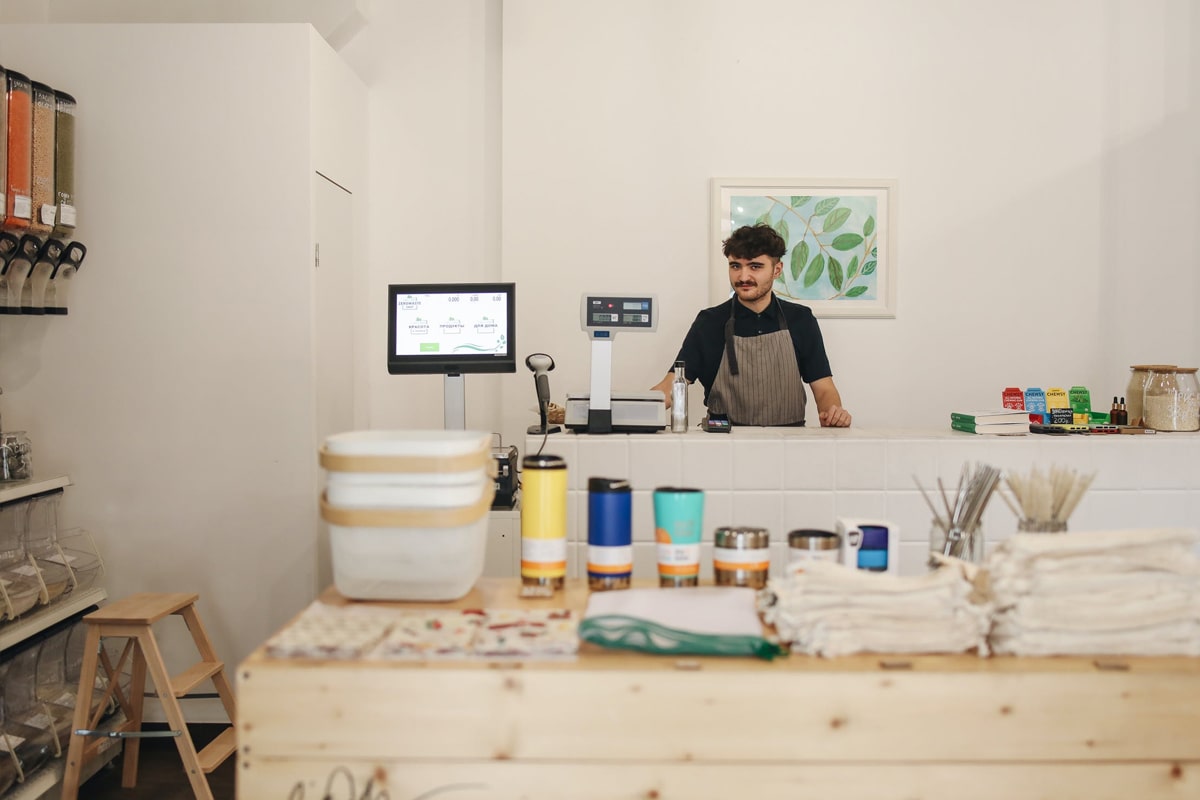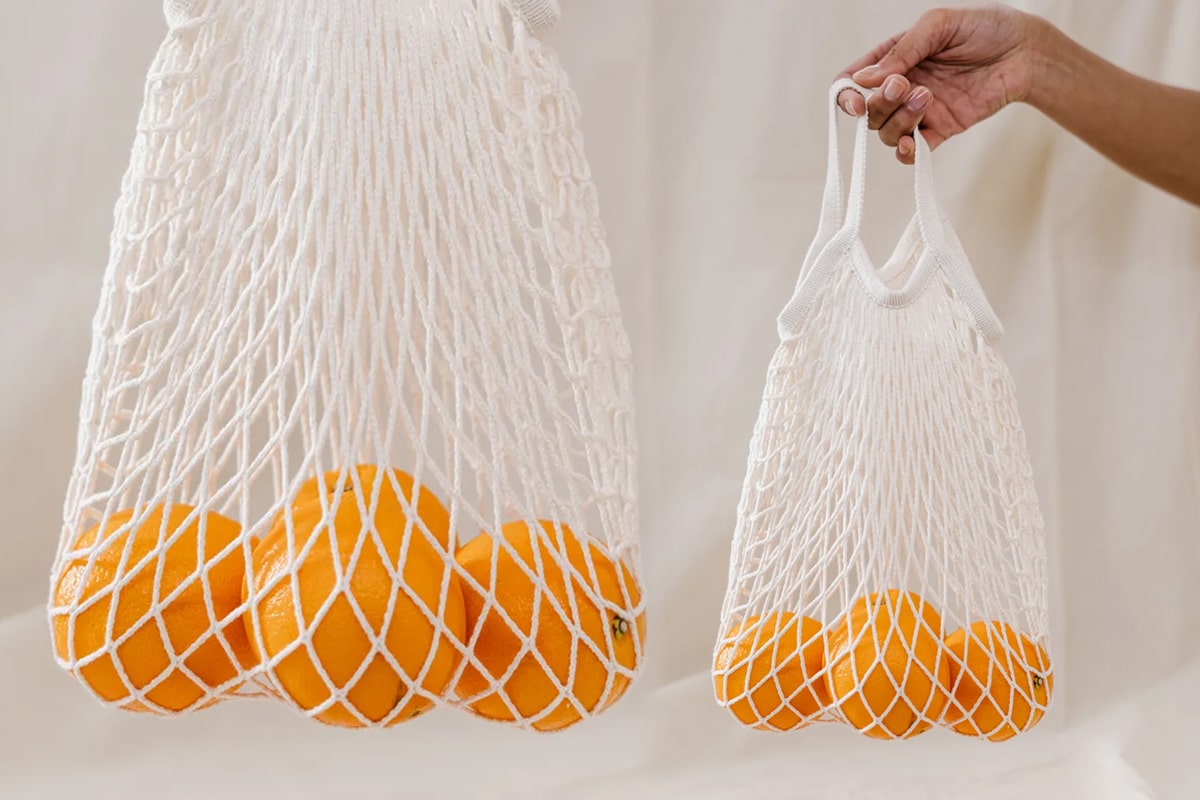Join your pet pal in going green! Learn more about eco-friendly, sustainable pet supplies that can help reduce your dog’s carbon pawprint. You can protect the environment while keeping your dog happy and healthy with eco-friendly products. Using compostable poop bags, eco-friendly toys, and sustainable dog treats can help restore biodiversity.
In this blog, we will discuss the need for sustainable pet goods for you and your fur baby.
Woof! Woof! Let’s get started!
Why Choose Sustainable Pet Products
To keep the environment safe.Dogs and people live in the same world and environment. You may lessen the adverse effects on the environment by using sustainable pet products. Pet toys made of organic cotton or recycled materials, for instance, can help lessen the amount of plastic trash that ends up in our oceans and landfills.

Natural, non-toxic materials and components are frequently used to make sustainable pet items and food. These products are safe for dogs to play with, sleep on, eat from, and gobble up. They don’t include any toxic substances, pesticides, or hazardous compounds that might endanger your dog’s health.
Utilizing environmentally friendly pet supplies and food can support the general wellbeing of your dogs and keep them strong and happy. WOOF! Pay attention—treats are the greatest part!
You may put treats inside a dog bone made of natural rubber. Just make sure that it is made of sustainable, eco-friendly materials to keep them safe. But of course, there are dogs that like to eat their snacks right out of the bag, so be it.
Environmentally and ethical manufacturing techniques are frequently used to create sustainable pet items. This indicates that the raw materials were obtained ethically, and the production processes didn’t hurt people or animals. Using environmentally friendly pet items will help businesses that value responsible business practices.
But this is the icky reality! Every single day, dogs poop. True, but gross. Utilizing sustainably produced and approved compostable dog poop bags is ideal because the rate at which we relieve ourselves isn’t going to slow down any time soon.
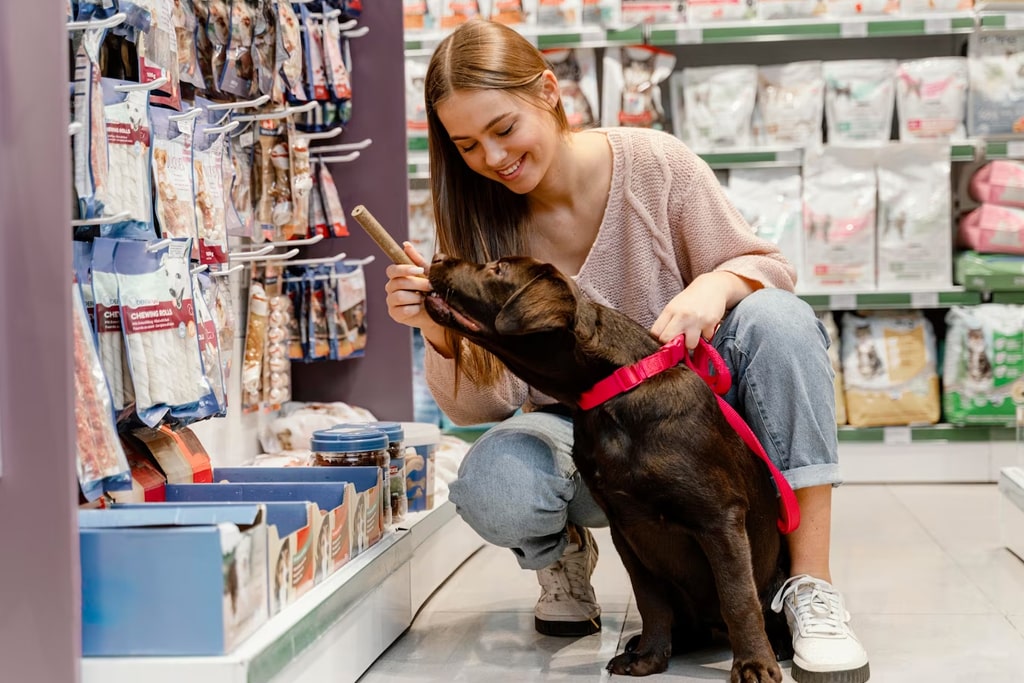
Dogs are our caretaker and role model. They are a devoted companion. Set a good example for others—including other pet owners—about the value of environmental responsibility and sustainability by using sustainable pet products.
By supporting sustainable pet supplies, you are demonstrating your concern for the earth. And while we’re talking about how you take care of pets, there’s one more item that every dog owner should have. When your priceless paws become dry, chapped, or cracked, a healing balm is an organic product that comes to the rescue.
Conclusion
Using environmentally friendly pet products is not only beneficial to animals but also good to our health and wellbeing. It supports ethical manufacturing, and sets a good example. In order to help our pets, let’s wag our tails for sustainability and make eco-friendly decisions!
Would you like to learn more about sustainability? Check out our eco-friendly tips and guides on how to make earth-friendly choices to live better and consciously.
Naturally, everything is done sustainably.

